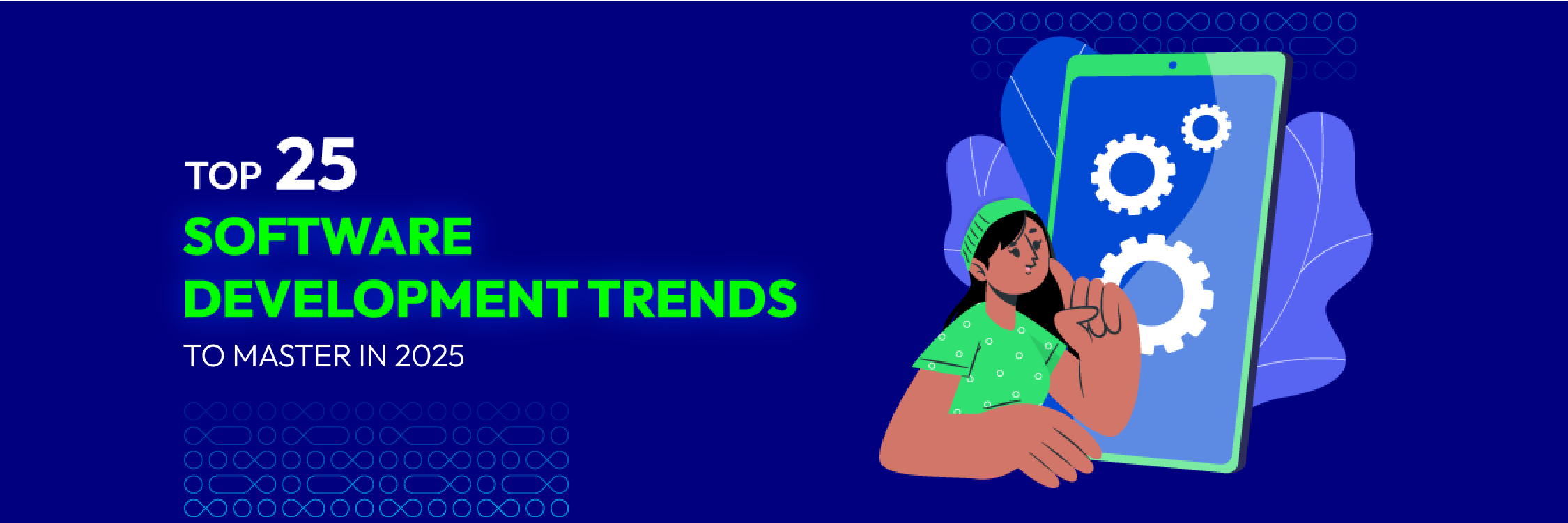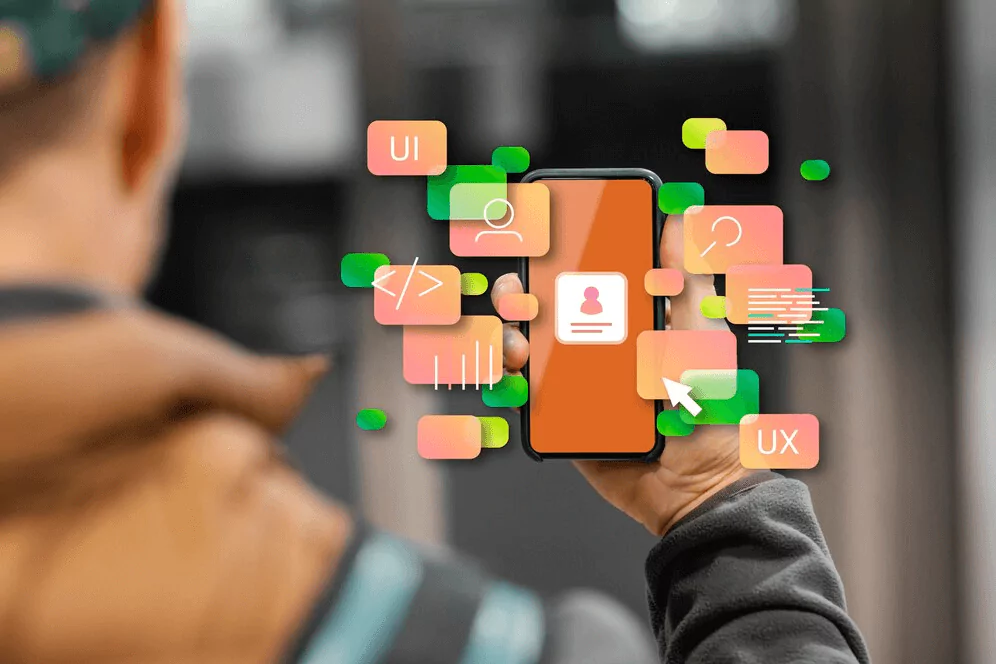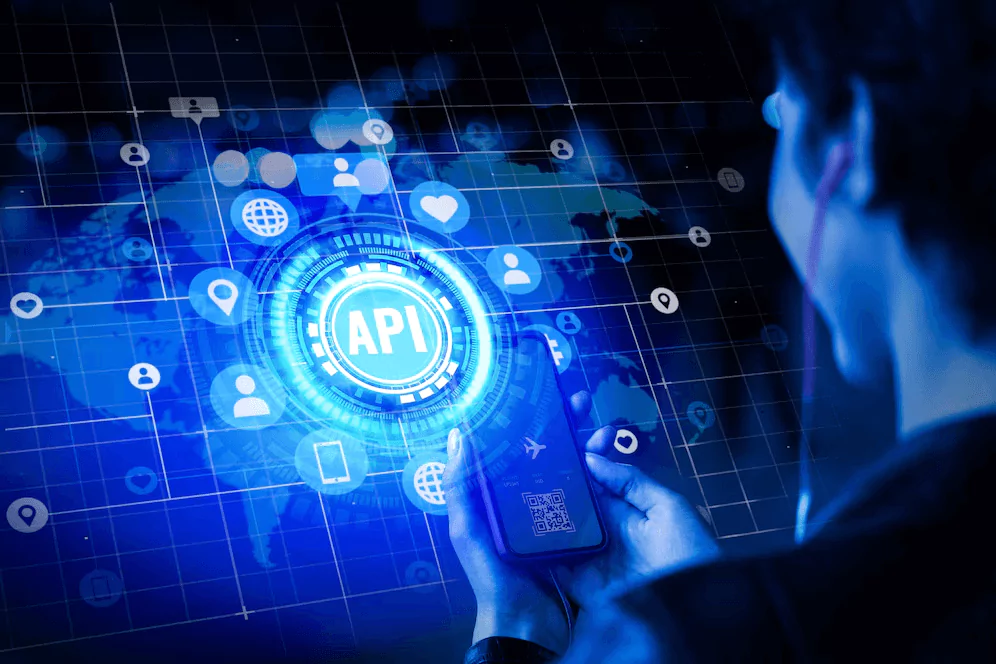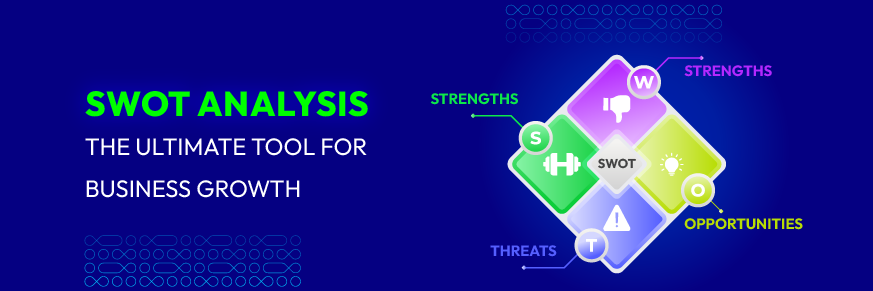Top 25 Software Development Trends to Master in 2025
Summer Nguyen | 05-06-2024

The industry of software development has been facing rapid transformations, due to advances in technology and market requirements. The expanse of the global software development market to reach a $858.10bn valuation by 2028 highlights the need for organizations to stay updated on the latest trends.
This blog will expose you to the latest technology trends like low-code/no-code, AI/ML adoption, cybersecurity, and cloud computing. Through industry knowledge, actual cases, and detailed examination, I want to provide you with the opportunity to constantly be ahead of the curve when the software world changes.
Software development trends overview
Software development is in perpetual evolution, driven by technological advancements and changing user expectations. Understanding these trends is crucial for developers and businesses seeking to stay ahead in the digital landscape. Here’s a breakdown of key trends shaping the future of software development:
| Core trends | Security and privacy trends | Emerging technologies | Development practices and languages | Business trends |
|---|---|---|---|---|
|
|
|
|
|
Core trends in the software industry
1. Cloud computing

Cloud computing has set itself firmly as the pillar on which today’s software is built. A staggering number of 96% of companies use the public cloud. Its scalability, cost-effectiveness, resilience, and rapid development cycles render it a prime technological solution for business stakeholders and app developers. Let’s explore some key ways in which cloud computing is shaping the future of software development:
- Simplified Cloud for All: Cloud services are becoming simpler, and suitable for both professional developers and professionals who don’t have specialized IT teams. Search for tools, interfaces, and platforms that are designed for wider usage.
- Serverless Takes Center Stage: Serverless computing is spreading fast and developers can only take up the task of coding and logic, leaving infrastructure questions to the cloud provider. This model reduces development costs plus development time exponentially.
- Hybrid Clouds Gain Ground: Balancing the advantages of both public and private clouds, mixed infrastructures are being widely adopted. They provide customers with heightened control, security, and compliance that is needed to adequately respond to the various requirements of businesses.
- Cost Optimization as a Priority: With cloud costs looming as a serious consideration, the strategies for efficient resource usage and spending management will be very important. FinOps tools and techniques are now being developed to deal with this growing trend.
2. Artificial Intelligence (AI) and Machine Learning (ML)
AI and ML reflect the ongoing changes in software engineering and lead us to another way of building applications. AI code generators reduce development time by making smart suggestions and automating tasks and machine learning algorithms allow software testing to be done effectively by identifying patterns, predicting vulnerabilities, and improving the quality of software. ML DevOps methodologies are maturing gradually to close this gap between the ML model’s development and their everlasting smoothly running integration into production systems.
Moreover, in the industry, we can witness the advent of the low-code/no-code (LC/NC) Machine Learning (ML) platforms. This trend enables users with different skills to utilize the most powerful technologies. With AI and ML technologies growing more and more in all aspects, the fair implementation of responsible and ethical AI development is highly necessary and is a definite prerequisite for eliminating any potential biases in AI systems.
3. Blockchain technology
Blockchain technology impacted at first only cryptocurrencies but further usage found its place in different industries. Statista forecasts that the blockchain technology market will reach 39 billion USD by 2025. Here’s how blockchain’s capabilities are reshaping software development:
- Supply Chain Transparency: The permanent registry of the blockchain meant for tracing the flow of assets in a complex supply chain is ideally suited for the purpose. This enhances greater transparency, minimizes the level of disagreement, and adds up to ethical and eco-friendly sourcing.
- Secure Identity Management: Blockchain offers decentralized identity solutions, giving users more choices over their data and thereby reducing the possibility of fraudulent identifications.
- Smart Contracts: This smart contract system on the blockchain network allows for process and agreement automation. This will help in reducing the number of intermediaries that will otherwise increase the efficiency and decrease the possibility of conflicts.
- Beyond Public Blockchains: The public ones are mostly used, but now private and consortium blockchains are considered more appropriate for different business applications. Thus providing more accountability and personalization for the organizations.
4. Low-Code/No-Code Development
Low-code/no-code platforms are driving software development transformation with their app creation abilities that are now well-suited for a large user base. Experts forecast 70% of new business applications will use low-code/no-code technologies by 2025. In a low-code environment, a visual interface allows components to be dragged and dropped into position under a drag-and-drop functionality and the use of pre-created components. These platforms occupy more than one workstation, they make it possible to have applications without any coding knowledge at all.
Low-code/no-code development offers advantages for both professional developers and citizen developers:
- Increased Productivity: Using the advanced features of low-code could save coders an impressive amount of time for other more challenging duties.
- Citizen Developer Empowerment: Business users can develop tailored applications that target their own requirements without being dependent only on IT firms.
- Faster Time to Market: The applications can be simply developed and then deployed partly in the programming parts which would be much faster than the traditional coding methods.
- Reduced Costs: Low-coding/no-coding platforms can be employed to reduce development costs quite drastically as they demand minimal coding and involve not-so-complex developers.
5. Progressive Web Apps (PWAs)

Progressive Web Apps (PWAs) come up with a new technology that overcomes the shortcomings of custom web experiences and native mobile apps. They simply are able to run most of the popular features and get a familiar interface similar to a normal application on a web browser. PWAs are gaining significant momentum due to several compelling advantages:
- Installability: Users can install PWAs on their smartphones’ home screens with just a click if they want instant access to an app just like a native app.
- Offline Capabilities: Fueled by service workers, PWAs can still function responsively with the data being continually downloaded from the server, even in the absence of an internet connection.
- Performance and Responsiveness: PWA is optimized to provide a seamless experience similar to native apps hence making users enjoy faster browsing.
- Cross-Platform Development: Create one PWA that automatically performs for all platforms and various operating systems without having to write two separate code bases for different operating systems such as iOS and Android.
- Reduced Development Costs: The development of a single app PWA instead of the development of multiple native apps allows the developers access to a lot of resource savings.
PWA Development Services Make your business accessible anywhere and anytime, while providing app-like functionalities on mobile devices.
6. Internet of Things (IoT)
The Internet of Things (IoT) involves a digitized, rapidly expanding area of interconnected city “intelligent” devices. These devices anchor hardware, software, and communication ability, they are able to capture data, interact with surroundings, and be controlled remotely. This trend continues to expand due to some reasons:
- Sensor Advancements: Data-collecting sensors range from inexpensive and petite to a powerful world called IoT, which is increasing at a rapid pace where smaller and cheaper sensors are one of the intricate building blocks of this growth.
- Connectivity Improvements: The advent of 5G networks, LPWANs, and state-of-the-art wireless technologies make it possible to connect a universally expandable object to the Internet at little cost.
- Edge Computing on the Rise: Latency concerns are mitigated with edge computing, the close proximity of devices to data sources effectively reducing the need for cloud resources, and permitting real-time decision-making.
Security and privacy trends
7. Cybersecurity
Cybersecurity threats continue to grow in sophistication and scale. Developers must stay updated on new threats and adopt proactive measures:
- Defense in Depth: Apply the layered security approach consisting of firewalls, intrusion detection systems, encryption, and authentication measures to the system.
- Zero Trust Architecture: Introduce “never trust, always verify” principles as a part of mandatory access control over various networks and systems.
- DevSecOps: Implement security during software development by utilizing testing, vulnerability scanning, and real-time threat monitoring.
8. Secure coding practices
Cybersecurity keeps advancing in its domain, together with a variety of criminals with whom it struggles for supremacy. According to Forbes, data breaches have risen by 72% between 2021 and 2023. Developers must stay updated on new threats and adopt proactive measures:
- Input Validation: Use input sanitization to prevent injection attacks against databases like SQL injection and XSS on the client side.
- Memory Management: Reduce buffering-related errors like buffer overflow which could be controlled via safe programming languages and coding patterns.
- Regular Code Reviews: Conduct peer reviews and utilize static code analysis tools to catch potential security flaws early on.
9. Data privacy regulations
The regulatory landscape is changing to protect personal information. Be aware of regulations relevant to your target markets:
- General Data Protection Regulation (GDPR): The basic value of EU law governing data protection including consent and transparency.
- California Consumer Privacy Act (CCPA): The agreement is just an instrument that is put into the residents of the State’s hands to basically make their own determinations of who can have access to their private data, how that data should be used, and to which people should the data be shared.
- Sector-specific Regulations: Regulations for specific industries, such as those in the healthcare sector and in the area of payment card industry which have been established as HIPAA for healthcare eating and PCI DSS.
Emerging technologies
10. Multi-runtime microservices
Microservices architectures fragment applications into a set of tiny components or useful services. Developers now have the greatest flexibility via Multi-runtime microservices, where they can get the best programming language, framework, and cloud provider for each service independently. This allows for greater flexibility, and scalability, and assists in the fact that it is more difficult to be tied to a vendor.
11. Edge computing and instant applications

Edge computing capacity enables the processing and storage of data to be near the end user. It drastically diminishes the response time, delivers a more fluid experience, and fosters new instant-use scenarios. Instant Apps use websites and edge computing technology to give users the feeling of using apps without needing installation. Lower friction of distribution is achieved for users.
12. Virtual Reality (VR) and Augmented Reality (AR)
- VR: Offers fully immersive experiences in simulated environments. Applications include gaming, training simulations, and virtual therapy.
- AR: Superimposes digital information onto the real world through devices like headsets and smartphones. Use cases include navigation, retail (virtual try-on), and industrial repair assistance.
13. Extended Reality (XR)
XR is the generic term used to define VR, AR, and MR which is a type of reality where the physical and the digitally coupled worlds merge into each other. Expect XR to totally revamp gaming, learning, and healthcare, and, as a result, we will see how people interact with technology change.
14. 5G technology
5G networks offer significantly higher bandwidth and lower latency than their predecessors. This opens up possibilities for:
- Enhanced IoT deployment: Connect vast networks of sensors and devices
- Real-time AR and VR applications: Enable data-intensive experiences with minimal lag
- Remote collaboration and telepresence: Facilitate high-quality remote work experiences
Development practices and languages
15. Sustainable software development practices
Environmentally friendly software development is mainly focused on the activities that decide the environmental exhaustion during the software lifecycle. Focus areas include:
- Energy-Efficient Code: Optimize algorithms and data structures for reduced resource consumption.
- Cloud-conscious Development: Leverage cloud providers with sustainability commitments.
- Hardware Lifespan: Design for durability and energy efficiency in user devices. Assess how many eco-footprints an electronic device will make during its life cycle.
16. DevOps
DevOps is meant to assist in creating an environment of shared responsibility and collaboration between Development and Operations teams, which results in software release. Key benefits include:
- Faster Release Cycles: Automated processes and continuous integration/delivery (CI/CD) pipelines accelerate releases.
- Improved Quality: Enhanced collaboration uncovers issues earlier in the development process.
- Increased Adaptability: Streamlined feedback loops enable faster responses to market changes.
Hire DevOps Engineers
17. Agile development methodologies

Agile methodologies (like Scrum and Kanban) are processes that divide large projects into smaller cycles with more iterative actions. These offer:
- Adaptability: Flexibility to embrace changing requirements and prioritize user feedback.
- Faster Time to Value: Focus on delivering working software increments regularly.
- Enhanced Collaboration: Encourages close interaction between development teams and stakeholders.
18. Infrastructure as code (IaC)
Configuration of infrastructure (servers, networks, etc.) is via code and Infrastructure as Code (IaC). This market is projected to grow by 24% annually by 2027. Benefits include:
- Automation & Repeatability: Eliminate manual configuration errors and achieve consistent environments.
- Version Control & Collaboration: Manage infrastructure changes with the same rigor as application code.
- Scalability: Quickly create and replicate environments as needed.
19. The rise of new programming languages
While established languages maintain dominance, newer languages are gaining traction due to their unique strengths:
- Go: Concurrency, simplicity, and performance for building scalable systems.
- Rust: Memory safety and performance for systems programming.
- Swift: Apple ecosystem focus, designed for speed and developer-friendliness.
Business trends
20. Outsourcing software development
Outsourcing means that businesses can reach for highly qualified specialists, cut costs, and scale up their project’s development in accordance with demand. Considerations include:
- Outsourcing Models: Offshore, nearshore, onshore – these are all terms the seller mentions, which carry both advantages and disadvantages.
- Effective Collaboration: Proper communication and management are pillars of getting the outsourcing right.
- Security & Compliance: The safeguarding of intellectual property rights and compliance with regulations are, therefore, non-negotiable.
Read more: Outsourcing Software Development 101: Everything You Need to Know
21. Increased focus on user experience (UX)
Providing an outstanding user experience is now not the only pleasant thing to have, it is the competitive advantage as well. Key UX aspects include:
- User Research: Know your audience’s requirements, requests, and mannerisms.
- Intuitive Design: Make interfaces that are simple to learn and move.
- Accessibility: Create user interface designs that are accessible to all users, regardless of their abilities.
22. The importance of data-driven development
Data analytics is an effective means for the creation of software that works. Look out for:
- Data Collection: Implement robust mechanisms to capture relevant usage data.
- Analytics Tools: Use tools that focus on visualization and in-depth data implementation.
- A/B Testing: Carrying out experiments to identify which features to be used and eventually optimizing them based on the data available.
23. API-driven development

APIs (Application Programming Interfaces) are the ‘solid’ of modern software, linking different systems and letting them collaborate and exchange data. Advantages of APIs:
- Enhanced Integration: Connect internal systems and seamlessly partner with external services.
- Increased Innovation: Unlock new possibilities by combining functionalities across different applications.
- Monetization Opportunities: Offer access to your data or services as paid APIs.
24. The rise of citizen developers
The introduction of low-code/no-code platforms in development is democratizing the field of software development so that it becomes inclusive, ushering in the ideal whereby “citizen developers” can build and create. Impacts include:
- Reduced IT Bottlenecks: Citizen developers can build internal tools and automate workflows, freeing up professional developers.
- Empowerment: Users with domain expertise can create solutions directly tailored to their needs.
- Governance & Oversight: Companies need to balance empowerment with governance to ensure security and stability.
25. The future of work for software developers
- Remote Work Normalization: Expand talent pools, and explore hybrid models.
- Continuous Learning: Keep up with technology and methodologies.
- Collaboration Skills: The successful application of teamwork in distributed teamwork depends on proper communication and cooperation.
Conclusion
The software development industry is an endlessly evolving place, full of infinite discoveries and surprises. Cloud computing will be one of the most dominant technological trends and other leading trends will be the rise of AI and the increasing importance of security, along with privacy will have the potential to entirely change how we develop and use technologies.
Keeping off the spot does not only concern understanding the current expressions—it requires consistent learning, cooperation, and adaptation. Technology has been rapidly evolving, making it challenging to keep up with the latest trends. This is even more so for seasoned developers, citizen developers who are exploring new possibilities, and business leaders who are looking ahead and seeking innovative solutions. Nevertheless, embracing these trends empowers all of us to be the shapers of the future.











